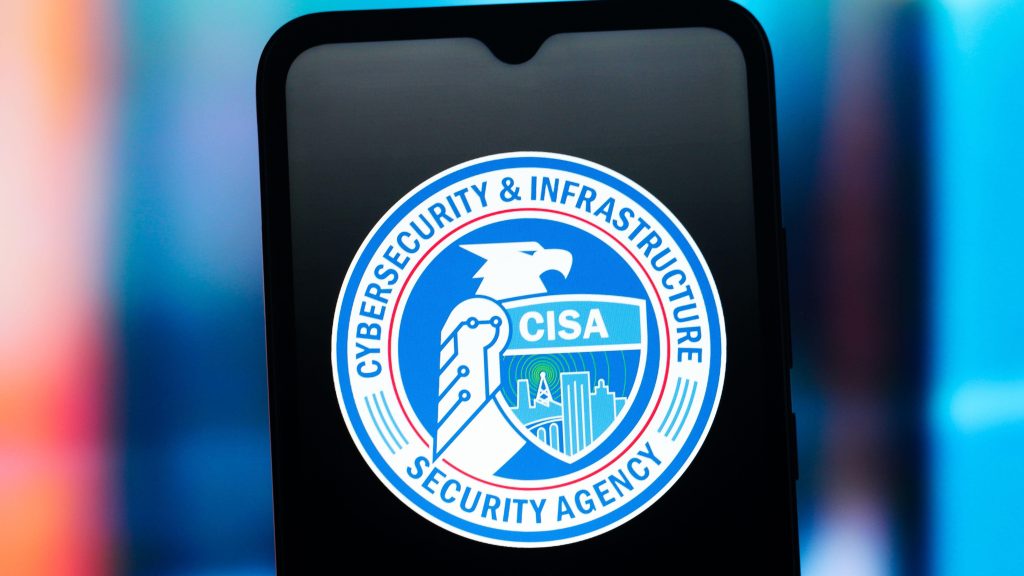How CISA Layoffs Weaken Civilian Cyber Defence
Summary
Alexander García‑Tobar (ValiMail CEO & co‑founder) warns that recent layoffs at CISA have come at a critical moment and materially weaken the United States’ civilian cyber defence. CISA has acted as the central coordinator between government and industry since 2018; cuts reduce timely threat intelligence sharing and coordination, leaving organisations more exposed as cybercrime and AI‑enabled attacks surge.
The article outlines immediate steps private sector security teams should take to backfill the gap: join or form ISACs/ISAOs, strengthen threat ingestion and response processes, invest in detection and training, harden email authentication, adopt zero‑trust architectures, establish well‑funded CIRTs and run scenario drills, and share anonymised incident data with peers.
Key Points
- CISA layoffs reduce a vital national coordination capability, slowing cross‑sector alerts and intelligence flows.
- Cybercrime is rapidly increasing and AI is amplifying attacker capabilities (phishing, deepfakes, reconnaissance).
- Private sector teams must step up: join ISAC/ISAO groups or use platforms like OTX and FS‑ISAC for threat sharing.
- Organisations should convert threat feeds into actionable detection rules and mitigation workflows, not just collect data.
- Invest in monitoring, workforce training (especially BEC and AI‑driven threats), and incident response readiness (CIRT, drills).
- Harden email with DMARC (enforce), SPF and DKIM; apply MFA/passkeys and biometric MFA where possible.
- Adopt zero‑trust, strengthen supply‑chain security, and use a layered defence approach combining human, process and AI‑assisted controls.
- Improve governance: brief boards, bake cyber into business strategy, and increase third‑party risk oversight.
Context and Relevance
The piece is relevant because it connects a policy/event (CISA headcount reductions) to operational risk for private organisations. As attackers scale with AI and global cybercrime rises, diminished federal coordination means firms can no longer rely on prompt, authoritative signals from government — they must be proactive. This sits alongside broader trends: increased ransomware, AI‑augmented social engineering, and supply‑chain risks, all of which make resilience, sharing and governance more important than ever.
Author style: Punchy — the author frames the situation as urgent and actionable. This is a call to action for security leaders: the federal safety net has thinned, so step up your defence posture now.
Why should I read this?
Short version: CISA cuts mean you won’t get every timely warning from the government anymore — so read this if you want a tight checklist of what to do next. It tells security teams where to focus (email, MFA, zero‑trust, threat sharing, CIRT drills) and why doing nothing increases risk as attackers harness AI. We’ve saved you the time of sifting through commentary and boiled it down to practical steps.

